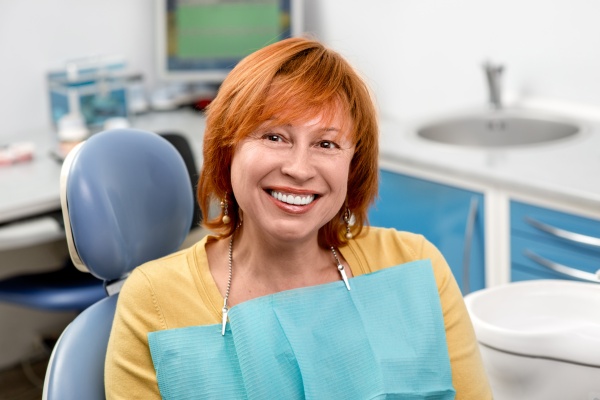Is a Gap in Teeth Hereditary?

Those who have a gap in teeth or are related to someone who has this intriguing aesthetic difference often wonder whether it is hereditary. Some facial characteristics like general facial symmetry, widow's peaks and dimples are thought to be dominant and move on down the genetic line from parents to offspring across generations.
As examples, hair that has double cowlicks, a high eyebrow on a single side of the face and the shape of everything from fingers to hands an toenails tend to be common across generations.
Below, we take a look at whether a gap in teeth is hereditary.
Is The Gap in My Teeth Hereditary or Non-hereditary?
There is no definitive answer to this question yet the evidence is certainly pointing in one direction. It is interesting to note scientists agree fingerprint patterns are generally similar between family members. Furthermore, crooked teeth are commonly inherited. If crooked teeth are regularly inherited it would make sense to think the same could be true for gaps in between teeth. Even the tilt of teeth and jaw configuration can appear similar across generations.
At the moment, the answer to the question posed above is yes. Scientists believe they have identified a specific gene accountable for whether offspring have a gap in teeth. Medical researchers believe this gene is dominant. If you have a gap in between your teeth or have a family member with such an abnormality, there is certainly a decent chance your offspring will have it.
If you are unsure as to whether anyone in your family has a gap in teeth, take a look at all of your family photos. Examine the smiles of relatives across the generations. Aside from the gap between the teeth, people with especially round faces or prominent chins tend to have offspring with similar features.
About Diastema
The gap between the teeth is officially referred to as the medical term of diastema. Such spaces have the potential to develop in any part of the mouth. However, they are particularly noticeable when between the two upper teeth in the direct front of the mouth. These are the teeth that are most prominent when the lips part to smile.
Diastema affects children as well as adults. In kids, teeth gaps have the potential to disappear after the adult teeth emerge. Certain gaps are comparably diminutive and hard to spot. Other gaps are extremely large and prove to be a cosmetic issue that makes the patient overly self-aware. Regardless of the size of the gap between the teeth, the fact that it exists makes most patients self-conscious.
If you have a gap between your teeth, you should know your dentist has ways to remedy this aesthetic shortcoming and return your smile to glory. Meet with your dentist to discuss your diastema and what can be done to bring your parted teeth closer together for a smile that is easy on the eyes.
Please call Gables Exceptional Dentistry today at (305) 203-4132!
Related Posts
Dental restorations can fail. Seeing your dentist right away can help correct the situation if it happens. Your restorations may need replacements already. Routine dental visits allow your dentist to check your restorations and schedule the next appointment for the re-treatment. If you want to know what happens when dental restorations fail, here are the…
At some time or another, most individuals will need dental restoration. Restoring teeth is necessary when the teeth are in poor condition due to decay or a lack of proper oral care. Modern dentistry offers a wide variety of options for dental restorations.There are so many fantastic alternatives when it comes to dental restorations that…
Dental restorations offer ways to preserve your teeth and take care of your oral health even when signs of decay begin to occur. A problem might start out as a very small cavity, but if you have not kept up with regular dental appointments and did not notice any pain, it is possible you may…
A broken tooth might not seem like a big deal if it is only a minor break, but it still requires treatment. This is because broken teeth cause more damage than simply ruining the appearance of a person’s smile. The damage typically removes portions of the outer surface of teeth, called enamel, which protects the…
